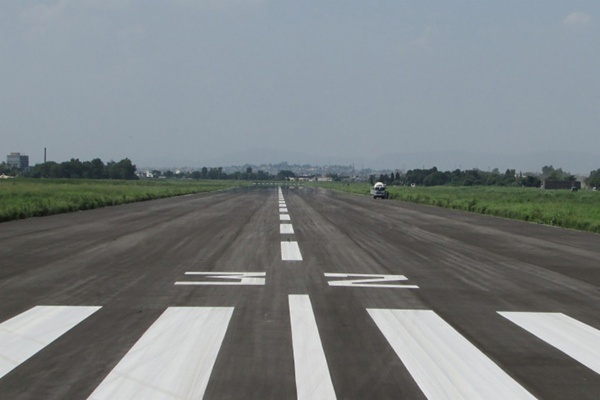How to Solve the Road Mark Crack Problem ?
1. Winter construction, coating case of cold-shrink, resulting in stress, this stress concentration at one point, easy to crack; the emergence of cracks due to the cold season and coatings and construction related to the performance, but also related to the situation with the road surface. In particular, the new paved road with fragile cement mortar layer, or conservation of film, easy to crack. How to prevent cracks due to cold, we should first select the appropriate construction season, try to avoid the cold winter marking construction. At the same time pay attention to the rational use of hot-melt coating, different seasons and their corresponding paint selection ratio. Newly laid cement road surface, curing time should be 2 weeks or more, the road on the conservation of fragile plaster layer or film, road marking should be cleaned up before construction.
2. Subgrade reflection cracks cracks.
Roadbed material generated by expansion or contraction cracks, or cracks due to uneven subsidence caused road markings such as cracks. Under normal circumstances can not be avoided, can enhance the quality of roadbed construction.
3. Road softened produced cracks in some places in summer temperature of 40 ℃ or above, high-temperature asphalt pavement under the hot sun can reach 60 ℃ or above, asphalt softened, while the coating is relatively hard, at the wheel impact load that may arise under the soft-road crack. Produce soft pavement cracks is the direct cause of the soft and hard surface coatings and the extent does not match the shock loads generated, should be an appropriate adjustment formula can ease.
4. Coating is a coating of surface crack after construction, the surface irregular mesh cracks, this crack depth shallow, but often a basis for further development as the aging of cracking, so that coating damage. To prevent coating the surface of dry, we should start a good selection of compatible resins and additives to start, pay attention to the temperature control of the construction.
5. Due to the aging S-line cracks. Surface of the coating material degradation and natural weathering, so that marking cracks, aging marking paint cracks but also because long-term exposure on the road to withstand sun and rain, spring, summer autumn and winter, temperature difference between day and night and seasonal temperature changes, subjected to ultraviolet light role, subject to cyclical expansion and contraction arising. Cracks generated due to aging can only start from the selection of suitable coating to prevent premature aging coating, in the standard line of construction, strict control of temperature, to ensure the quality of pre-construction surface treatment to prevent foaming.
6. Microporous and bubbling Because of the hole in the air, water or dry the next Paint, in the coating under high temperature caused by expansion or vaporization. Expanding gas bubble is caused by coating from the top, porous coating is the expansion of gases, leaving behind holes pierced, so that coating the more common defects. Wet pavement porous and increase the chances of blistering, it is because the road is full of water or moisture in porous, high-temperature coating so that the water left in the micro-gasification and expansion of micro-bubbles formed, the next Paint contains some of low boiling point components, easy to dry, when the residue in the cavity was dry in the next Paint when the temperature coating, the play to the rapid gasification of the material expansion, the formation of micro-bubbles under the paint by. Microporous, marking not only affect the appearance of blistering, but also reduced the coating and the surface area of reality and seriously affect the paint adhesion and longevity. Therefore, opt for a variety of good fluidity of paint. To ensure dry and full sunshine after the rain has to go through before construction. Choose dry the next Paint fast, strictly control the temperature should pay attention to the construction with the ambient temperature.
